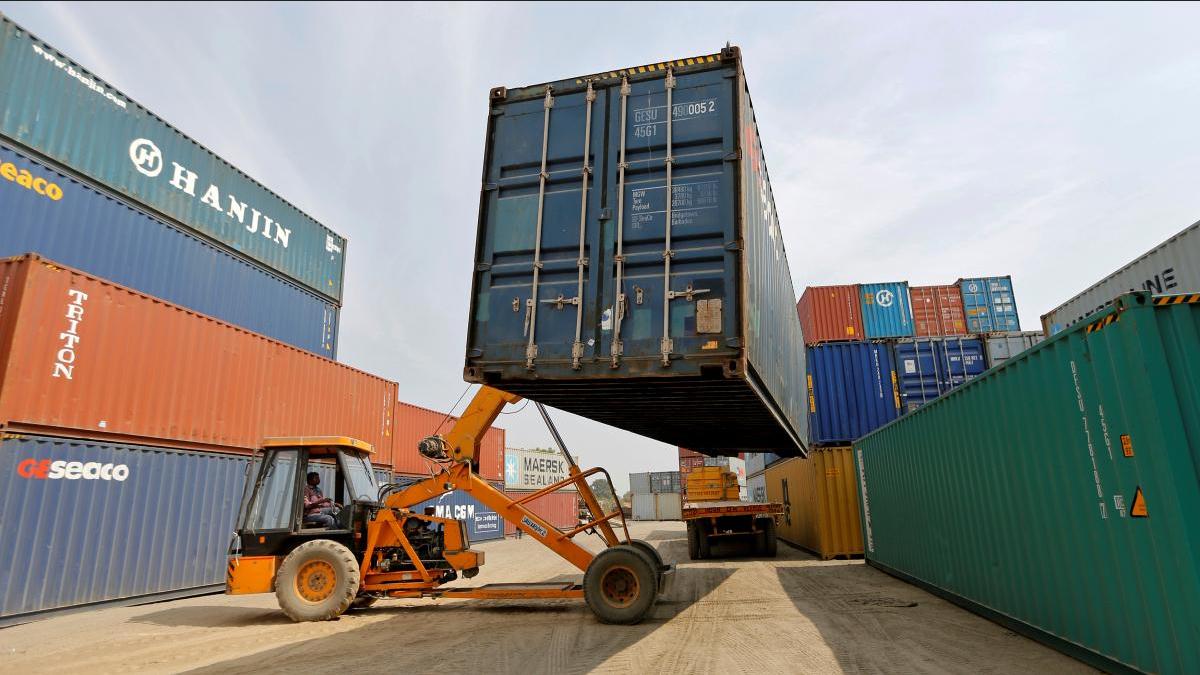A union is an organization that seeks to represent a collective of workers’ interests in negotiations with their employers about wages, hours of work, benefits and working conditions. Unions are often organizations found in specific industries and tend to be most common in companies engaged in manufacturing, mining, construction, transportation, and the public sector. However, while these organizations are beneficial to their members, worker representation has fallen significantly in the United States especially, leading to these organizations almost non-existent in the American private sector.
Understanding the concept
Unions protect the rights of workers in specific industries. A union functions as a democracy in which elections are held so that its members can elect officials who will be responsible for making decisions for union participants or representing members’ decisions in negotiations with employers. A union is structured as a locally organized group of employees who obtain a license from a national union organization. Membership dues are paid by employees to the national union, and in exchange, the national union acts as a representative and advocates on behalf of the employees.
An example of a union
Almost all unions in the United States are structured the same way and carry out their duties in the same way. The National Education Association of the United States (NEA), for example, is a professional union that represents educators and other education professionals in their workplace. The NEA is the largest labor union in the United States and boasts a group of nearly 3 million members. The union’s goal is to advocate for education professionals and other union members to fulfill their promise of public education.
The NEA works with local and state education systems to find adequate salaries for its members, among other things. When negotiating salaries on behalf of teachers, the NEA first starts with what is called a bargaining unit. This unit is a group of members whose obligation is to deal with a specific employer. The bargaining unit, as the name implies, works with an employer to negotiate and ensure that its members are properly compensated and fairly represented.
The employer, in this case a school or district, is required by law to actively and in good faith negotiate with the union. However, the employer is not required to sign or yield on specific issues. Multiple rounds of bargaining are conducted between the union bargaining unit and the employer, after which a collective bargaining agreement (CBA) is agreed upon and then signed. The ANC outlines pay scales and also includes other terms of employment, such as vacation or sick days, benefits, working hours, and working conditions.
After the ANC is signed, an employer cannot change the agreement without the approval of a union representative. However ANCs frequently expire, after which a new negotiating agreement must be carried out and signed.
Unions in the ILO
As part of the ILO agreements, workers must be represented in this international organization, which requires that at the national level some union representatives, employer representatives and ILO representatives sit on the labor committees of the ILO. ILO, an organization that seeks to improve the living conditions of workers, guarantee fair payments, training and social mobility in the workplace.
Challenges of unions in the 21st century
As companies automate their production within the framework of the Fourth Industrial Revolution, unions are faced with the challenge of channeling their demands towards the inclusion and retraining of workers whose jobs become obsolete with the arrival of new technologies.
Another important aspect is that given the growing dependence of nations on trade and manufacturing production in parts of the world where labor is cheaper, unions must know how to adjust their demands and know what real possibilities of benefits they can obtain are. . Likewise, they must be willing to enter into an open dialogue with employers about how to improve working conditions, but at the same time how to improve productivity, the products and services that the company offers, thus guaranteeing its competitiveness in the international market.











